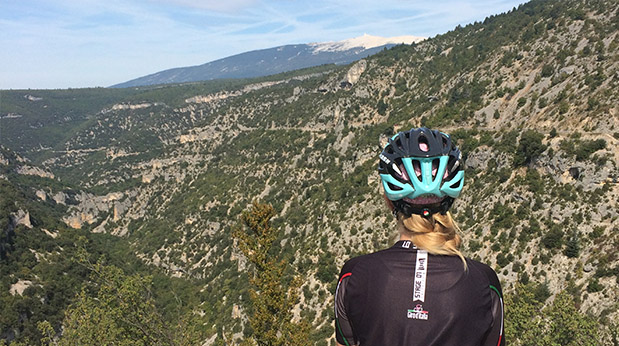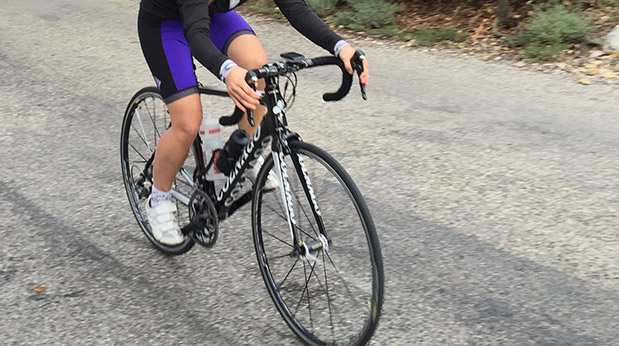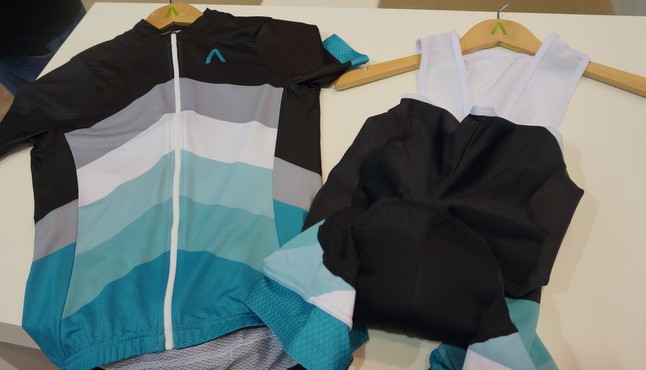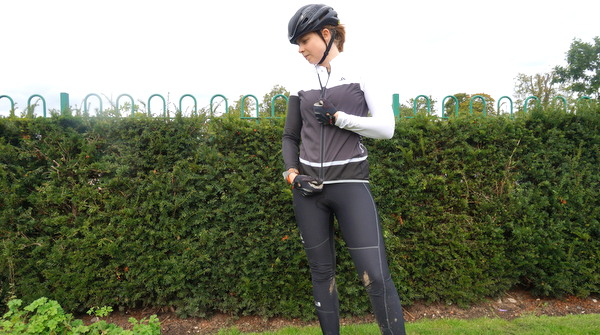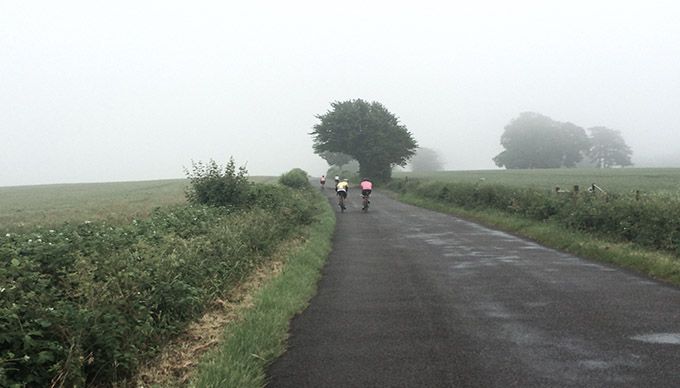
The beauty of cycling is being able to explore parts of the country that you wouldn’t necessarily see by car or by foot. It’s a chance to feel entirely liberated, pedalled by your own feet, with the wind through your hair.
However, there is a dark side to this exploration and in many cases, the reason you are seeing parts of the country that you have never seen before is because you are impossibly lost…
We’ve all had that sinking feeling of knowing we’ve gone off course but not knowing at what point or how to get back to the route we had in mind.
Here are a few pointers on how to avoid those confused expressions and failed rides that end in a train journey home.
Join a Cycling Club
Local cycling clubs are a great way to meet fellow cyclists and join a ride that will be properly navigated by someone who knows where they are going. It’s a chance for you to focus on your cycling without the worry of checking you’re on the right course and as you cycle with the group more frequently, you’ll get to learn the route yourself.
6 Tips for Your First Club Ride
What to expect at a Club Time Trial
Splurge on a Garmin Edge
This is a bit of a luxury solution but there’s a good reason many road cyclist’s rides are peppered with little beeps and quirky electronic noises – it’s because their Garmin, an electronic GPS lifesaver, is warning them they are straying too far the wrong way. There are cheaper models out there but the newest and most sophisticated one out right now is the Garmin Edge 1000.
Garmin Closer to World Domination with Strava Live Segments
Buying Guide: Bicycle Computers
Take an old-fashioned map
There’s nothing wrong with going old-school with your source of navigation. A traditional map will just about fit in your jersey pocket.
The risk of techy-gadgets is that they can go wrong and you’ll end up angrily shouting at an electronic device in the middle of nowhere. However, a map won’t run out of battery or lose signal and you’ll only have your own orienteering skills to blame if you go off course. You can get good quality maps from the Ordnance Survey website.
If the pocket option isn’t attractive, you can use a plastic cover and strap the map to your handlebars – we found this great guide on how to make your own using some plastic canvas and velcro (or you can just buy one).
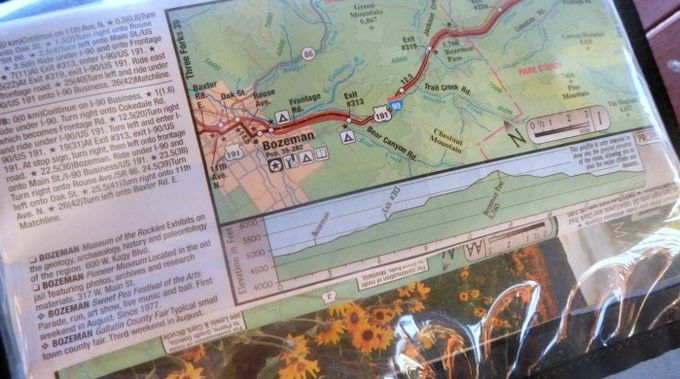
Ride a straight out and back course
One way to stay on course, although perhaps not as intrepid as other routes, is to ride a straight out and back course. This is probably a good option for training miles when you just need to get some distance under your belt but don’t have the luxury of time to spend getting lost. Learn the route to a certain milestone, turn around and ride the same way back. Simples!
Use Your Phone
If your Garmin has utterly confused you, battery permitting, the GPS on a smartphone is great if need to find out where the hell you are in relation to your final destination. With a phone you can re-route from the current position you are through Google Maps. Of course this is dependent on phone battery and signal. Phones are of course useful if you’re in such a pickle you need to call for pick-up!
How to Manage your Hydration Levels on the Bike
If you’re feeling a bit flush (£127 sort of flush) you could also consider investing in a Tout Terrain Plug. It’s a pretty serious investment, but also a pretty serious piece of kit: the dynamo powered plug replaces your headset, and can charge your phone and lights…
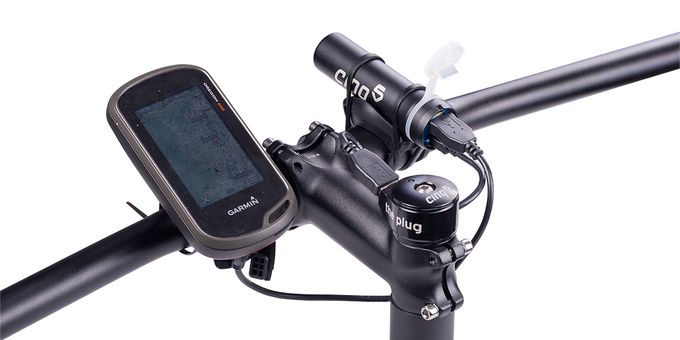
Know roughly where you’re going before you leave
It goes without saying that it’s worth knowing where you’re headed before you leave the house. Memorise a few names of the town or village names that you know you’re going to pass through before you leave the house, perhaps write them down on a bit of paper just so you know roughly where you are going!
Don’t drift off
As stunning as the country side may be, try not to drift off too far into a daydream and stay aware of your surroundings. It could mean missing that country lane that is integral to the route and ending up 20 miles in the wrong direction.
If you do find yourself completely lost and failed by your Garmin or map reading skills, don’t panic. Assess whether it’s getting late or dark and if you feel strong enough to carry on and get back to where you went wrong. If you’re completely over it and feeling cold, wet and hungry – it may be worth admitting defeat and in which case, find your way to the nearest station asap!
Liked this? You might also like:
Energy Gels: What They Are and How to Use Them


